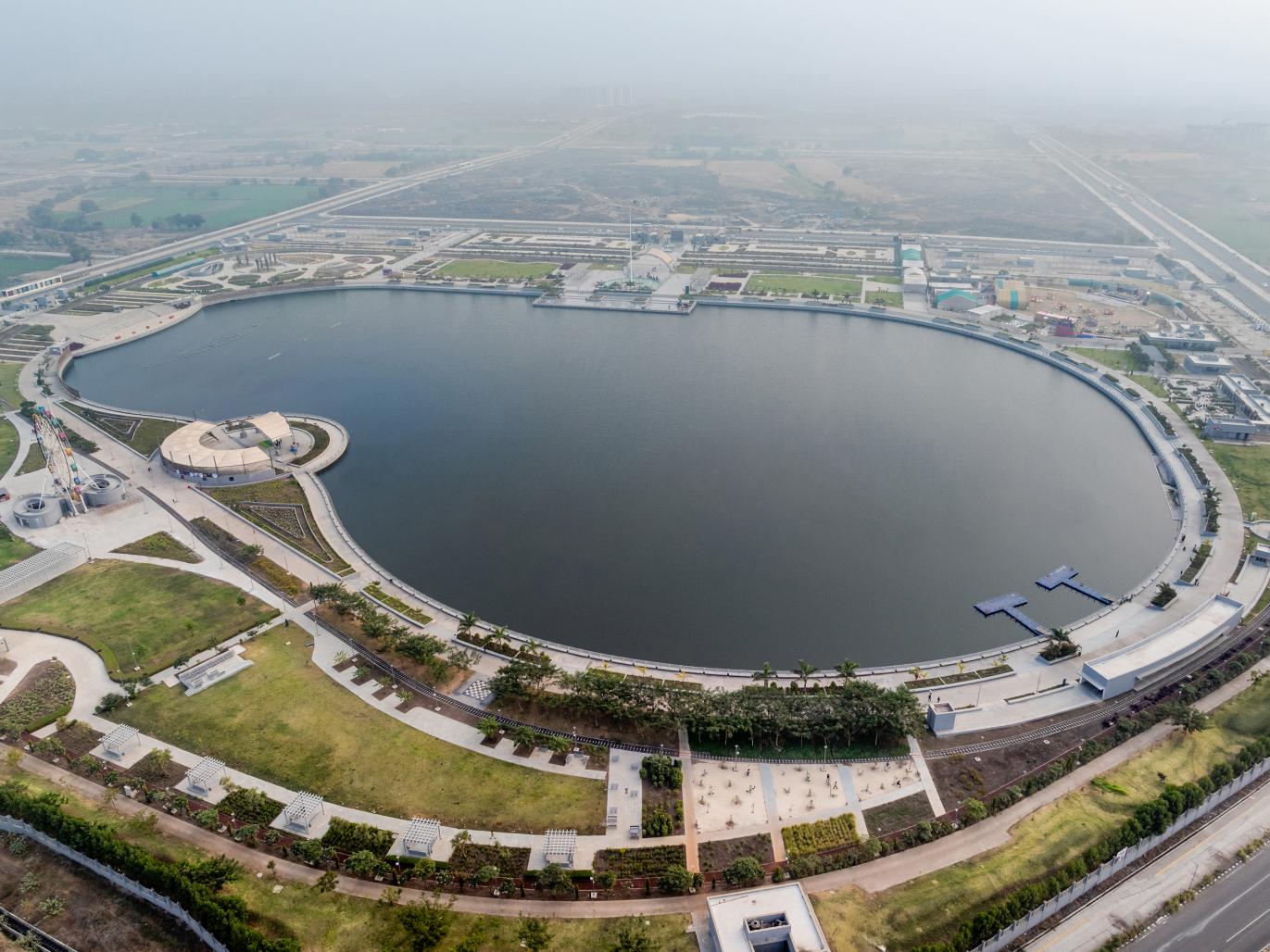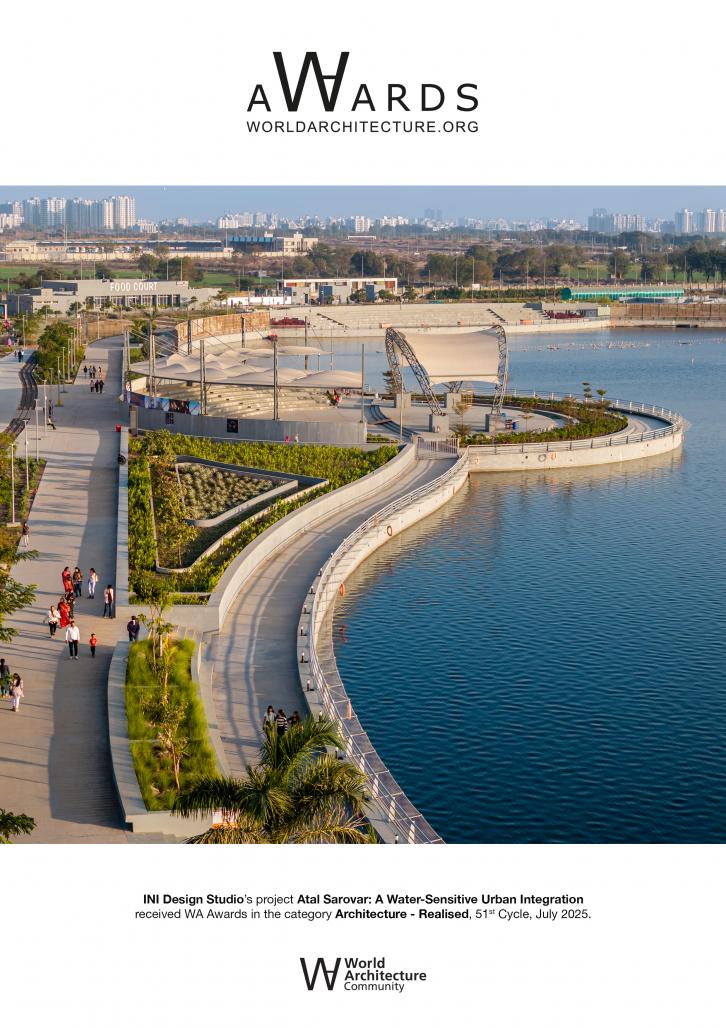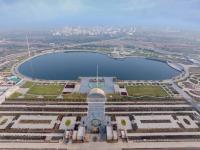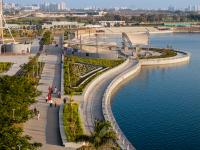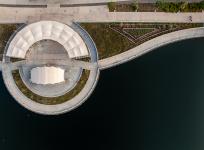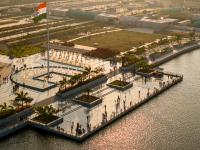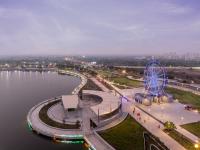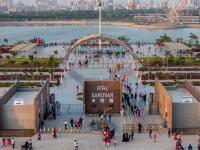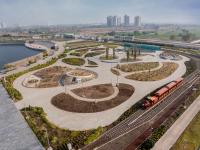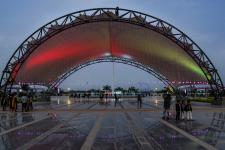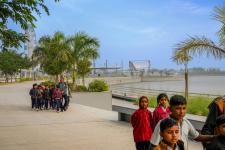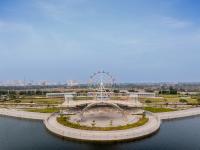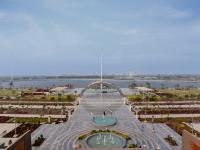In the contemporary discourse on urbanism, the integration of sustainable practices has become paramount, particularly in the revitalization of urban water bodies. The concept of water-sensitive urban design (WSUD) emphasizes the harmonious amalgamation of natural hydrological systems within the urban fabric, promoting ecological resilience and enhancing the vibrancy of public realms. This paradigm shift not only addresses environmental imperatives but also fosters socio-cultural enrichment by reestablishing the intrinsic connection between urban communities and their aquatic ecosystems.
The Smart Cities Mission, launched by the Government of India, promotes a holistic urban development approach, integrating physical, institutional, social, and economic infrastructure to enhance urban liveability and drive investment. Among the 100 selected cities, Rajkot, Gujarat, includes a 930-acre greenfield site designated for the development of its Smart City precinct. Within this site, three natural low-lying areas were identified—each offering unique ecological and spatial potential. The Masterplan reimagined these lowlands not merely as waterbodies but as multifunctional urban assets anchoring a water-sensitive urban framework. This vision, informed by environmental assessments and hydrological analyses, guides their restoration and integration into the city's evolving landscape.
Atal Sarovar, also referred to as Lake-1, is the northernmost of the three lakes, and the first to be developed. Encompassing a 0.90 square kilometres catchment area, it is bordered by arterial roads and green open spaces—making it ideal for transformation into a vibrant ecological and public realm. A key component of the Smart City Masterplan was the creation of an interconnected blue-green network, wherein these lakes overflow into a canal system that ultimately discharges into the Nyari Dam—forming a resilient hydrological corridor across the urban region.
A noteworthy innovation in the Atal Sarovar intervention is the integration of tertiary-treated reject water from a nearby Sewage Treatment Plant (STP), channelled through the stormwater drainage system, thereby supporting sustainable water management while reducing dependency on freshwater sources. Flood management design was guided by a 100-year return period, which informed the High Flood Level (HFL) and sizing of outlet structures—ensuring year-round water retention and enhanced climate resilience.
Various aesthetic approaches were explored, achieving a harmonious balance between natural and geometric forms, while integrating the site's existing contours and conditions. The design and implementation involved deepening the lake, creating embankments, and integrating recreational amenities such as theme parks and organic trails. The introduction of non-motorized blue-green mobility infrastructure ensures a synergy between water management and ecological resilience. Sustainable Drainage Systems (SuDS) emulate natural hydrological processes, incorporating advanced stormwater management techniques including bioretention cells and permeable pavements. The lake’s connection to the other two waterbodies via the stormwater network fosters a cohesive urban water system—reinforcing ecological continuity and supporting long-term water sustainability. The integration of locally sourced materials, passive design strategies, and ecological buffers further strengthens the project’s climate resilience and contributes to reduced embodied carbon.
Beyond its environmental and infrastructural functions, Atal Sarovar has emerged as a focal point for community interaction. The revitalized space provides a venue for cultural events and daily gatherings, fostering community engagement and encouraging social cohesion through inclusive public access.
In the broader scope of Rajkot's urban development, Atal Sarovar exemplifies the successful integration of natural systems into the built environment, resulting in a sustainable, dynamic public space that blends ecological integrity with functional urbanism. Its transformation from a neglected water body into a vibrant urban oasis has catalysed development and attracted new investments in a region historically challenged by water scarcity. The project now stands as a replicable prototype of water-centric urban revitalization, and a compelling model for cities seeking to balance growth with ecological stewardship.
2019
2024
Area: 75 Acres (303514 square meters)
Client: Rajkot Smart City Development Limited, Rajkot
Program / Use / Building Function: Waterfront-Urban Realm: Lakefront for Public Recreation and Community Space
Architecture Firm - INI Design Studio
Landscape Architects - INI Design Studio
Construction Company - Cube Construction Engineering Ltd.
Jayesh Hariyani, Saumil Mevada, Rakhi Rupani, Viresha Hariyani, Meet Maradia
Atal Sarovar: A Water-Sensitive Urban Integration by INI Design Studio in India won the WA Award Cycle 51. Please find below the WA Award poster for this project.

Downloaded 0 times.
Favorited 1 times
